Joint stiffness in running - the goldilocks position
In a previous post on stretching and mobility I mentioned about stiffness of the Musculo-Tendinous Unit (MTU) around a joint. This is a scenario where the muscles and tendons that cross joints add tension and support to provide efficient movement. This can be localised to specific joints but we must also consider they contribute to the whole body within sport.
When we run MTU stiffness contributes to critical factors in gait that make for an economical running technique. Ground contact time, Vertical force & Vertical displacement are 3 gait parameters that have particular attribution to MTU stiffness at ankle, knee, hip and spine; in between that you find Goldilocks! Now research shows that insufficient and excessive stiffness across joints both contribute to injury. Normally, you might not find out anything about this until after you get injured but it is a good idea to have a coach check out your functional movement or gait when starting out.
I have found that the large majority of runners starting out lack MTU stiffness across the board and is particularly evident with fatigue. Strengthening through plyometric based exercises can be encouraged at a low level while also developing strength. For strength gains early on Isometric holds in functional positions with load can be really beneficial for neuro-muscular training, educating correct joint positions. The more difficult task comes when having to battle excessive stiffness in one area yet a corresponding laxity in another. This isn't uncommon as the body has a natural way of compensating to find a protective path for the ground reaction forces applied through the body.
For optimal health get a functional movement assessment from a coach or physical therapist to work on potential areas of weakness.

